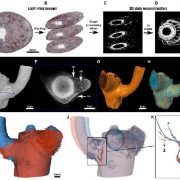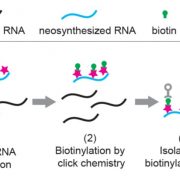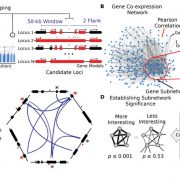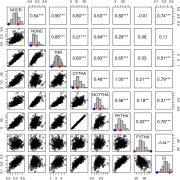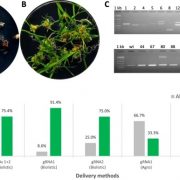Special issue: Human-machine collaboration in plant biology
![]() This is an excellent article to wrap up this year and lead us into the future. Introducing a special issue of Plant Cell Physiology, Nakajima et al. summarize an exciting collection of papers that look at diverse ways that plant biology can be enhanced through “human-machine collaborations”. Some of these, like microscopes (machines that enhance human vision) are already widely used, whereas others have a futuristic aura, such as P-MIRU (Polarization Multispectral Imaging for Reflection from Biological Surfaces). Many of the approaches use trainable algorithms such as artificial intelligence (AI), explainable AI, and deep-learning to provide insights into plant development and physiology that go way beyond human capabilities. Examples include methods that track and trace cells in 4D (at the root tip, cotyledons, and zygote). Another useful machine is a portable tool for quantifying stomatal movements in intact leaves, greatly increasing the rate at which data can be collected. Several articles describe how machines can be trained to interpret huge sets of data and images, leading to observations beyond human capabilities. This is an exciting article to share with your students. (Summary by Mary Williams @PlantTeaching) Plant Cell Physiol. 10.1093/pcp/pcad144
This is an excellent article to wrap up this year and lead us into the future. Introducing a special issue of Plant Cell Physiology, Nakajima et al. summarize an exciting collection of papers that look at diverse ways that plant biology can be enhanced through “human-machine collaborations”. Some of these, like microscopes (machines that enhance human vision) are already widely used, whereas others have a futuristic aura, such as P-MIRU (Polarization Multispectral Imaging for Reflection from Biological Surfaces). Many of the approaches use trainable algorithms such as artificial intelligence (AI), explainable AI, and deep-learning to provide insights into plant development and physiology that go way beyond human capabilities. Examples include methods that track and trace cells in 4D (at the root tip, cotyledons, and zygote). Another useful machine is a portable tool for quantifying stomatal movements in intact leaves, greatly increasing the rate at which data can be collected. Several articles describe how machines can be trained to interpret huge sets of data and images, leading to observations beyond human capabilities. This is an exciting article to share with your students. (Summary by Mary Williams @PlantTeaching) Plant Cell Physiol. 10.1093/pcp/pcad144


